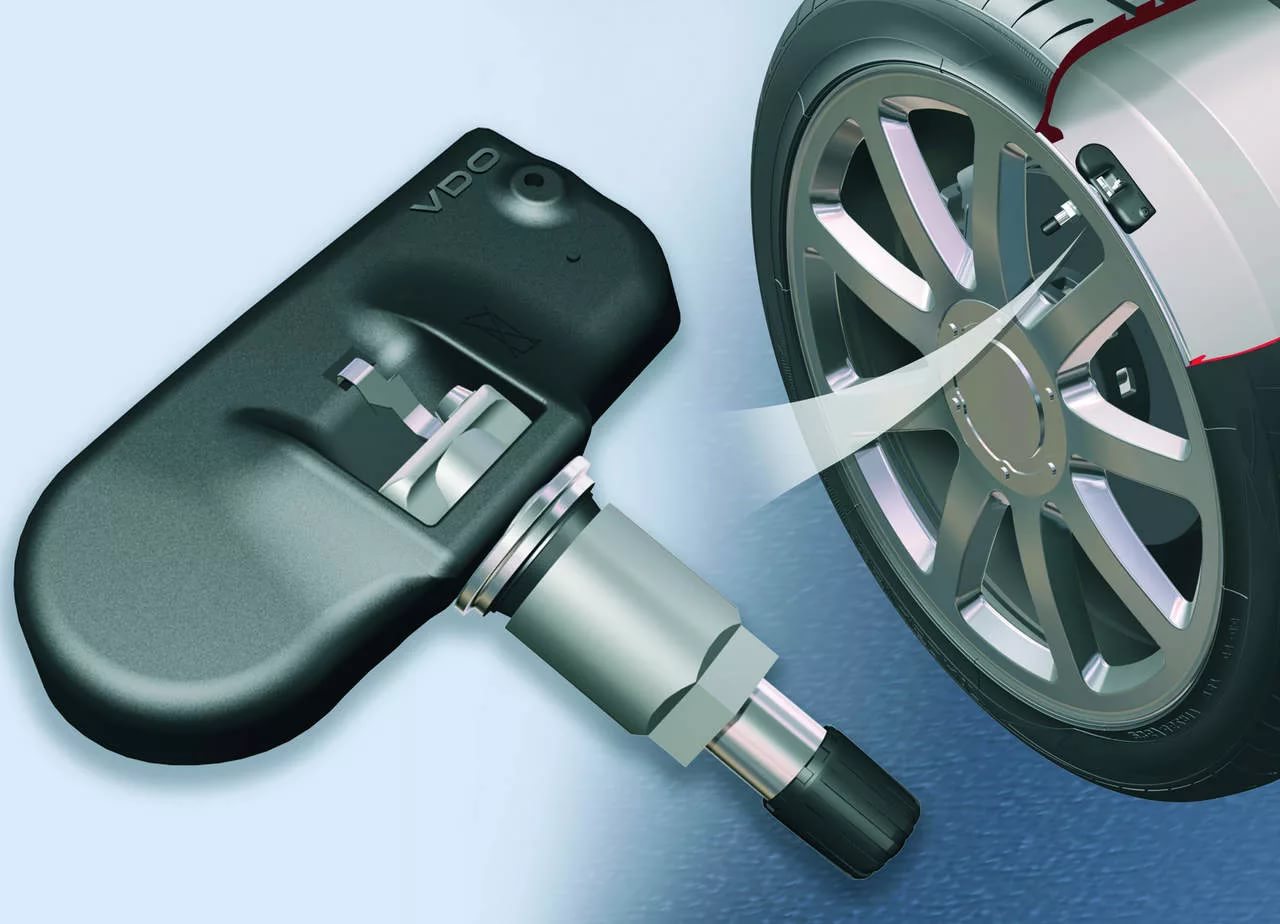
Replacing tires with TPMS sensors - why can it be more expensive?
According to the directive of the European Commission, all new cars sold after 2014 must be equipped with a tire pressure monitoring system - TPMS. What is it and why can changing tires with such a system be more expensive?
System Tire Pressure Monitoring System (TPMS) a solution aimed at informing the driver about the pressure drop in one of the wheels. This issue was resolved in two ways: direct and indirect. How is it different?
direct system consists of sensors located in the tires, usually on the inside of the rim, near the valve. They regularly (directly) transmit information by radio to the control unit in the car about the pressure in each of the wheels. As a result, the driver can control the pressure at any time and knows what it is (information on the on-board computer). Provided that the sensors work properly, of course, which, unfortunately, is not the rule.
indirect system it doesn't really exist. This is nothing more than using the ABS sensors to provide additional information. Thanks to this, the driver can only know that one of the wheels is spinning faster than the others, which implies a pressure drop. The disadvantage of this solution is the lack of information about the actual pressure and indication of which wheel is faulty. Another thing is that the system works late and only rudely. However, in practice this solution is safe and reliable, no distortion occurs. If the wheels are original, then the TPMS indicator light will only come on if there is a real pressure drop, and not, for example, if the sensor fails.
It is easy to conclude that when it comes to operating expenses, then the indirect system is better because it does not create any additional costs. On the other hand, the average service life of direct system pressure sensors is 5-7 years, although in many models they are subject to wear or damage after 2-3 years of operation. Tires often outlive the sensors themselves. The biggest problem, however, is tire replacement.
TPMS sensors when changing tires - what you should know?
You should definitely find out if your car has such a system and how it works. With an intermediate, you can forget about the topic. If you have a direct system, you should always report this to the workshop before changing tires. The sensors are fragile and subject to mechanical damage, especially when the tire is removed from the rim. The repair shop is responsible for any potential damage and may charge you a higher service fee. This is the first.
Secondly, when the tires themselves are replaced at a good vulcanization shop, the TPMS sensors are diagnosed to work correctly or sometimes reinstalled to a different type of tire. Sometimes they need to be activated after deflation of the tire, and this requires the use of an appropriate tool.
Thirdly, it is worth remembering or being aware that when replacing a set of wheels with sensors, their adaptation may be required. Some sensors adapt themselves by following a proper procedure, such as moving at a certain speed over a certain distance. Others may need to visit the website, which of course costs several tens of zlotys.